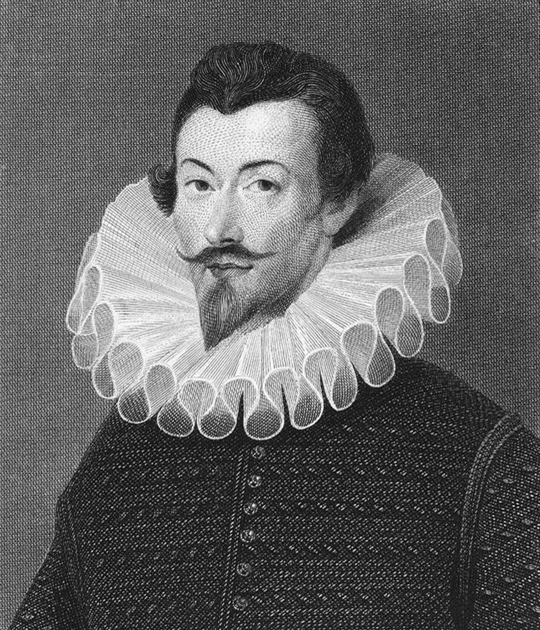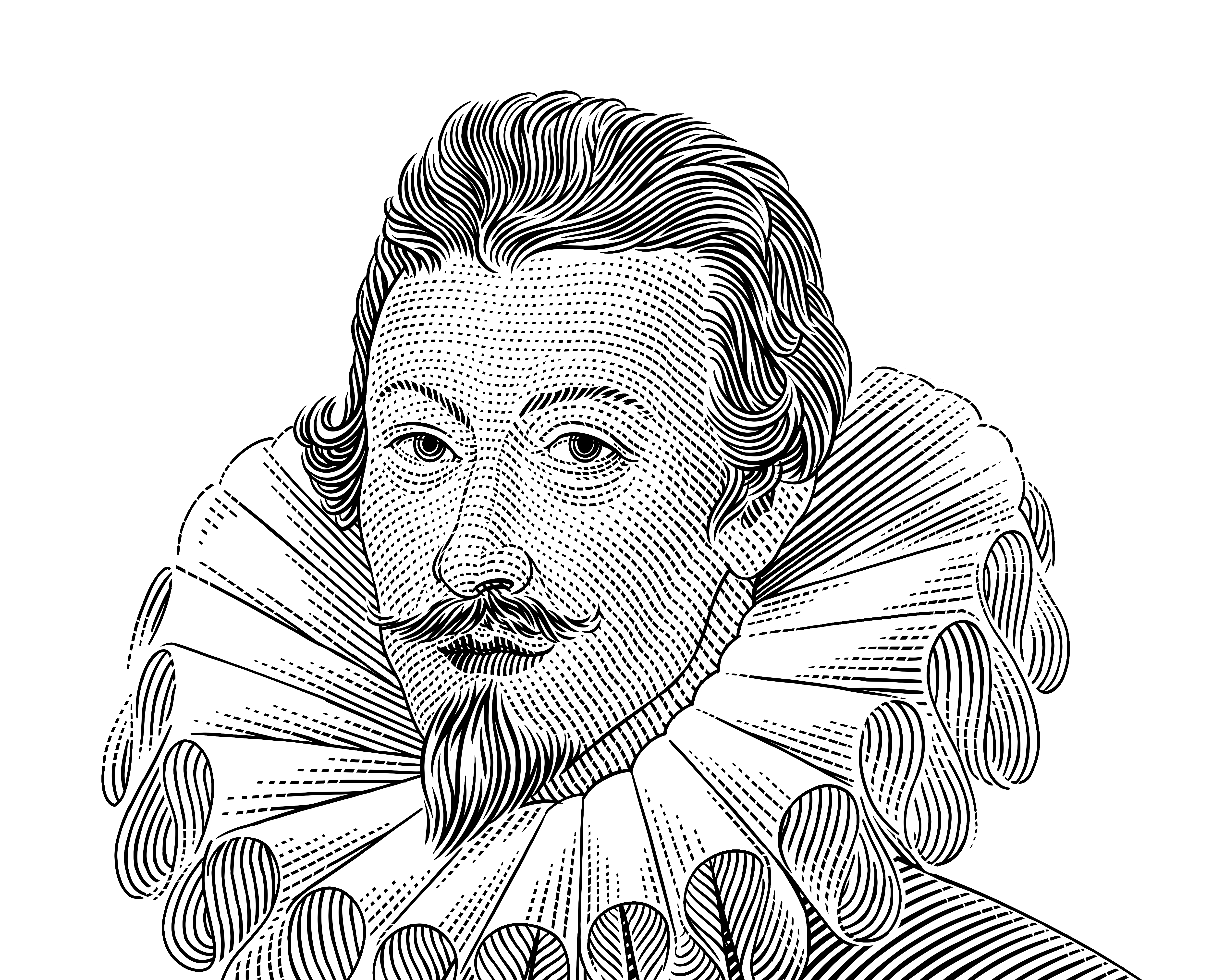Today marks the 30th installment in a series of articles by HumanProgress.org titled Heroes of Progress. This bi-weekly column provides a short introduction to heroes who have made an extraordinary contribution to the well-being of humanity. You can find the 29th part of this series here.
This week, our hero is Sir John Harington: a 16th century English courtier, author and inventor of the modern flush toilet. Harington’s toilet allowed waste to be flushed from places of habitation to underground cesspools without direct human contact. The flushing toilet has had immeasurable sanitary benefits for the modern world and the World Economic Forum has concluded that its invention has saved more than a billion lives.
John Harington was born on August 4, 1560 in Kelston, a town in southwest England. Harington was born into a wealthy noble family. Upon his christening in London a few months later, he became one of Queen Elizabeth I’s hundred-and-two godchildren. Harington’s father, also called John, was a poet at the court of Henry VII, and his mother, Isabella Markham, was a gentlewoman in Queen Elizabeth I’s privy chamber. Harington was educated at Eton College, an all-boy’s boarding school, before studying law at King’s College, Cambridge.
While expected to become a lawyer, Harington became enamored with life at the Royal Court. His free-spoken attitude quickly gained him notoriety among the nobility. Queen Elizabeth was fond of Harington and often encouraged him to write poetry. However, Elizabeth would come to regret that encouragement as Harington became known for writing risqué pieces that would often overstep what was deemed morally permissible at the Court.
Harington’s first banishment from the Court resulted from an escapade in 1584, when he translated the 28th chapter of Ludovico Ariosto’s epic poem Orlando Furioso. Harington circulated the manuscript among the maids of honor at the Court. Angered by the raciness of his translation, Elizabeth exiled Harington and told him that he would not be allowed to return to the Court until he had translated the entire 40 chapters of Orlando Furioso – a task so arduous that many assumed Harington would fail.
However, Harington completed the full translation of the poem in 1592 and presented Elizabeth with a bound copy of the work when she visited Kelston that year. Harington’s translation received great praise and is still read by English speakers today. It was during his time in exile from the Court that Harington devised and then installed the first flushing lavatory, which he dubbed “Ajax” (“jakes” was an old slang word for toilet) at his Kelston manor.
Harington’s device had a pan and a seat, with an opening at the bottom which was sealed with a leather-faced valve. Levers and weights poured water from a cistern above into the toilet. When the handle of the seat was turned, a valve at the bottom of the pan opened and water swept the pan’s contents into a cesspool below. Harington first described his invention in his 1596 book A New Discourse upon a Stale Subject: The Metamorphosis of Ajax, which he published under the pseudonym “Misacmos,” meaning “hater of filth.” In his book, Harington declared that his Ajax “would make unsavoury places sweet, noisome places wholesome and filthy places cleanly.”
Harington was never one to miss out on the opportunity to make a political statement, and his book made numerous digressions often aimed at well-known men at the Court. The book was in large part an attack on the supposed “excrement” that was poisoning society and it contained many allusions to Queen Elizabeth’s favorite, the Earl of Leicester. Although his book enjoyed considerable popularity, Harington was threatened with a hearing in front of the Star Chamber, an English court in the Palace of Westminster. While Elizabeth’s fondness for Harington protected the inventor from more severe punishment, Harington was once again banished from Royal Court.
In 1598, Elizabeth asked Harington to install a toilet at Richmond Palace, a royal residence on the River Thames. The toilet became popular amongst some members of the nobility, but much of the public remained faithful to their chamber pots. It wasn’t until almost two-hundred years later that the Scottish inventor Alexander Cumming patented the flushing water-closet inspired by Harington’s Ajax. Cumming’s 1775 design improved on Harington’s device by adding the “s-trap” in the piping below the toilet which meant that water was permanently retained in the pipe, thus preventing sewer gases from entering the buildings above.
In 1848, a Public Health Act in the United Kingdom ruled that every new house required a “w.c., privy, or ashpit.” It took over 250 years for Harington’s flushing toilet to catch on among the general public. Today, more than two-thirds of the world has access to a flushing toilet and this figure continues to rise by tens of millions every year.

In 1599, Harington joined an English military campaign in Ireland to subdue a rebellion by Gaelic chieftains. He was knighted for his service. After his time in Ireland, Harington became a tutor to James I’s son Henry, Prince of Wales. Harington died on November 20, 1612 at his home in Kelston. He was 52 years old.
Toilets fundamentally changed the world in which we live. The sanitary benefit of not having to be in direct contact with human waste prevents millions of cases of cholera, diarrhea, dysentery, hepatitis A, typhoid and polio every year. For that reason, Sir John Harington is our 30th Hero of Progress.

